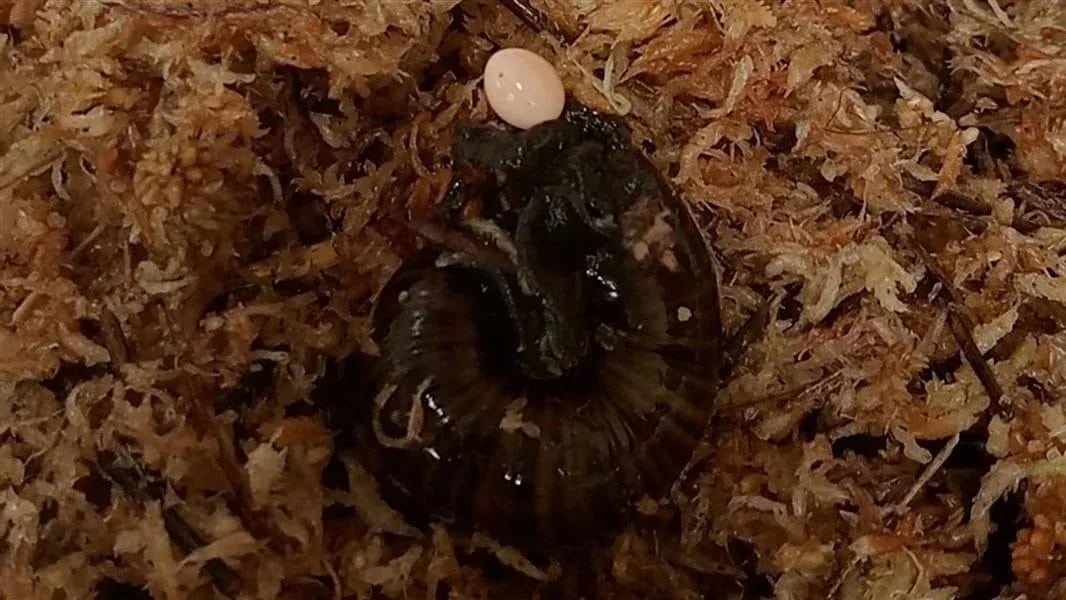

A rare carnivorous snail from New Zealand has been filmed laying an egg through its neck, an event never previously recorded and one that has surprised conservation workers who have cared for the species for nearly 20 years.
The moment happened during a routine check by New Zealand’s Department of Conservation. Staff were weighing a Mount Augustus snail – Powelliphanta augusta – when a small, white egg began to emerge from the area near its neck. The event was captured on video.
“In all the years we’ve being doing that [work], we’ve never encountered it,” said Ingrid Gruner, the department’s regional biodiversity liaison. She described the footage as “quite remarkable” in an interview.
The Mount Augustus snail is part of a group of large, meat-eating land snails found only in New Zealand. About the size of a golf ball, they are among the biggest snails in the world. They feed on slugs and earthworms, which they slurp up whole.
These snails grow slowly and live long lives. Some in captivity are believed to be between 25 and 35 years old. They reach maturity around eight years of age and lay about five eggs each year. The eggs resemble those of a hen and can take more than a year to hatch.
“They’re polar opposites to the pest garden snail we introduced to New Zealand,” said Lisa Flanagan, a ranger who has looked after the species for over a decade. Those are “like a weed, with thousands of offspring each year and a short life.”
Kath Walker, senior science adviser at the department, explained that these snails are hermaphrodites and have a reproductive opening on their necks. This allows them to remain inside their shell during both mating and egg-laying.
“It extends its penis out of this pore and into its mate’s pore, and its mate does the same, simultaneously exchanging sperm, which they can store until they each fertilise the sperm they’ve received to create eggs,” she said.
The Department of Conservation began managing the species in 2006, after mining company Solid Energy began operations on Mount Augustus ridge – the snail’s only known habitat. Despite legal action and public opposition, the government approved the project.
Roughly 4,000 snails were moved to nearby areas, while 2,000 were placed in captivity to protect the species and preserve its limited genetic diversity. In 2011, about 800 snails died due to a refrigeration failure, but the program continued.
As of March, officials reported 1,884 snails and 2,195 eggs in captivity. Released colonies in the wild are now being closely monitored to ensure they can survive and grow naturally.
